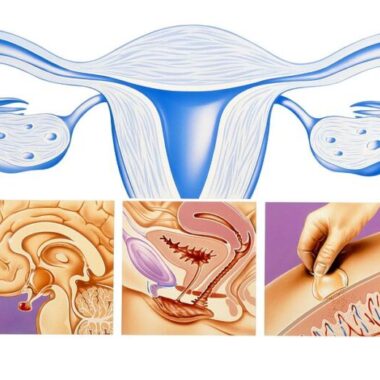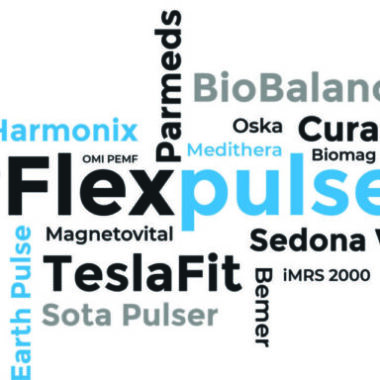PEMF MACHINE RISKS – CONTRAINDICATIONS AND CAUTIONS

POTENTIAL DANGERS OF PEMF THERAPY
The only absolute caution (contraindications) for use of a PEMF device is placing an active applicator over implanted electrical devices like pacemakers, cochlear implants, intrathecal pumps, etc., because the magnetic field can shut the device off or otherwise interfere with its function.
PEMFs are contraindicated in organ transplant patients. This is because these people are on immune suppression medications to prevent organ rejection. We do not want to risk adversely affecting the immune suppression/rejection process. There is a chance that PEMFs may actually stimulate or activate a more aggressive rejection process by stimulating the immune system.
USING YOUR PEMF MACHINE SAFELY
Safety of PEMFs has not been established in pregnancy, although there is no evidence of harm. Most manufacturers warn against the use of their device during pregnancy.
PEMFs should be used with caution in Grave’s disease or in the case of active bleeding.
Extremely high intensity PEMFs (> 5000 Gauss) should be used with caution or with professional guidance in people with implanted metals, such as joint replacements, dental implants, mechanical heart valves, metal stents, or metal staples in blood vessels. This is not due to risk of injury or harm, but because these PEMFs may stimulate the nerves in the area of the metal, causing sharp pain. With any of these situations “going low and slow” https://www.drpawluk.com/going-low-and-slow/ is recommended to determine optimal intensity level. These PEMFs may also add to the shear stress of metal clips placed in or near blood vessels.
High intensity PEMFs over breast implants used to be considered a possible risk to the implant material. Women are now being recommended to do breast MRIs periodically due to the inflammation-related breast health risk. If there is considered to be no risk from MRI, PEMFs would be expected to be safe. Use of high-frequency PEMFs beyond 1000 Hz are probably also not desirable for treatment durations longer than an hour at a time, given the risk of agitating the plastic or silicone in breast implants, resulting in possible thinning and risk of leakage.










